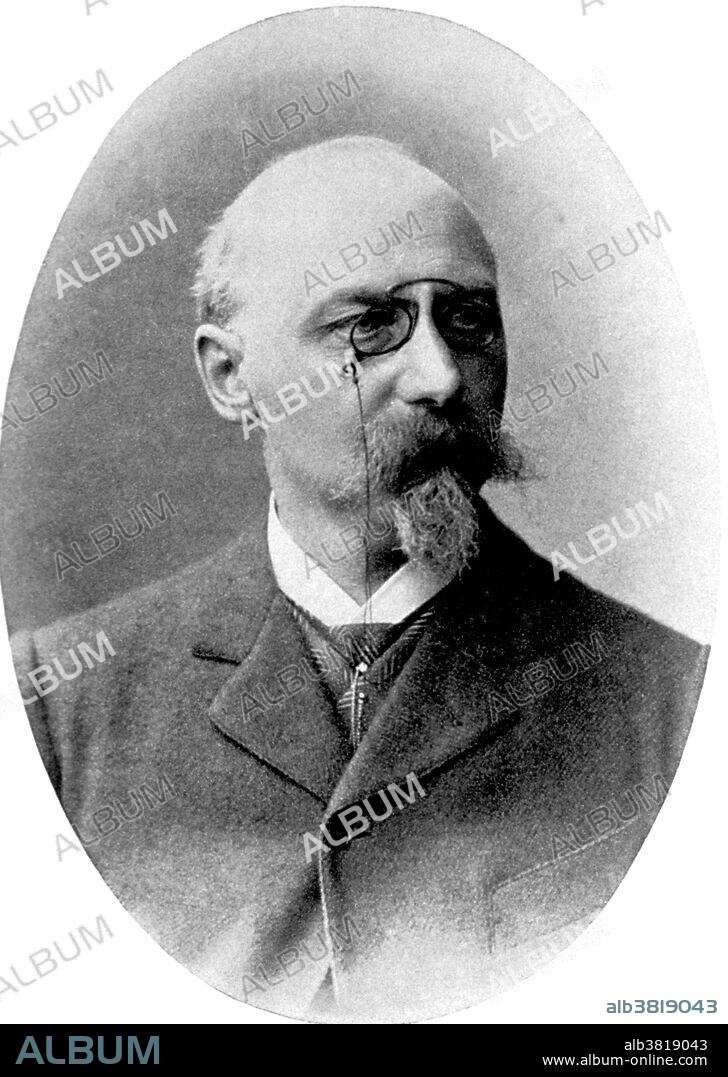alb3819043
Walther Flemming, German Biologist, Founder of Cytogenics

|
Añadir a otro lightbox |
|
Añadir a otro lightbox |



¿Ya tienes cuenta? Iniciar sesión
¿No tienes cuenta? Regístrate
Compra esta imagen

Título:
Walther Flemming, German Biologist, Founder of Cytogenics
Descripción:
Ver traducción automática
Walther Flemming (1843-1905) was a German biologist and a founder of cytogenetics. Making use of aniline dyes he was able to find a structure which strongly absorbed basophilic dyes, which he named chromatin. Flemming investigated the process of cell division and the distribution of chromosomes to the daughter nuclei, a process he called mitosis. He studied mitosis both in vivo and in stained preparations, using as the source of biological material the fins and gills of salamanders. These results were published first in 1878 and in 1882 in the seminal book Zellsubstanz, Kern und Zelltheilung (1882; Cell substance, nucleus and cell division). His discovery of mitosis and chromosomes is considered one of the 100 most important scientific discoveries of all times, and one of the 10 most important discoveries in cell biology.
Crédito:
Album / NLM/Science Source
Autorizaciones:
Modelo: No - Propiedad: No
¿Preguntas relacionadas con los derechos?
¿Preguntas relacionadas con los derechos?
Tamaño imagen:
2700 x 3799 px | 29.3 MB
Tamaño impresión:
22.9 x 32.2 cm | 9.0 x 12.7 in (300 dpi)
Palabras clave:
1843 • 1878 • 1882 • 1905 • ALEMAN • BIOLOGÍA CELULAR • BIOLOGIA • BLANCO Y NEGRO • CIENCIA • CITOLOGÍA • CROMOSOMAS • DESCUBRIDOR • DIVISION CELULAR • EUROPEO • EXPLORADOR • FAMOSO • FIGURA • FOTO • FOTOGRAFIA • GENTE • HISTORIA • HISTORICO • HOMBRE • HOMBRES • IMPORTANTE • INVESTIGACION • MASCULINO • MITOSIS • NUCLEO • PERSONA • PERSONALIDAD • PERSONALIDADES • RETRATO DE HOMBRE • RETRATO • SIGLO XIX
 Pinterest
Pinterest Twitter
Twitter Facebook
Facebook Copiar enlace
Copiar enlace Email
Email
